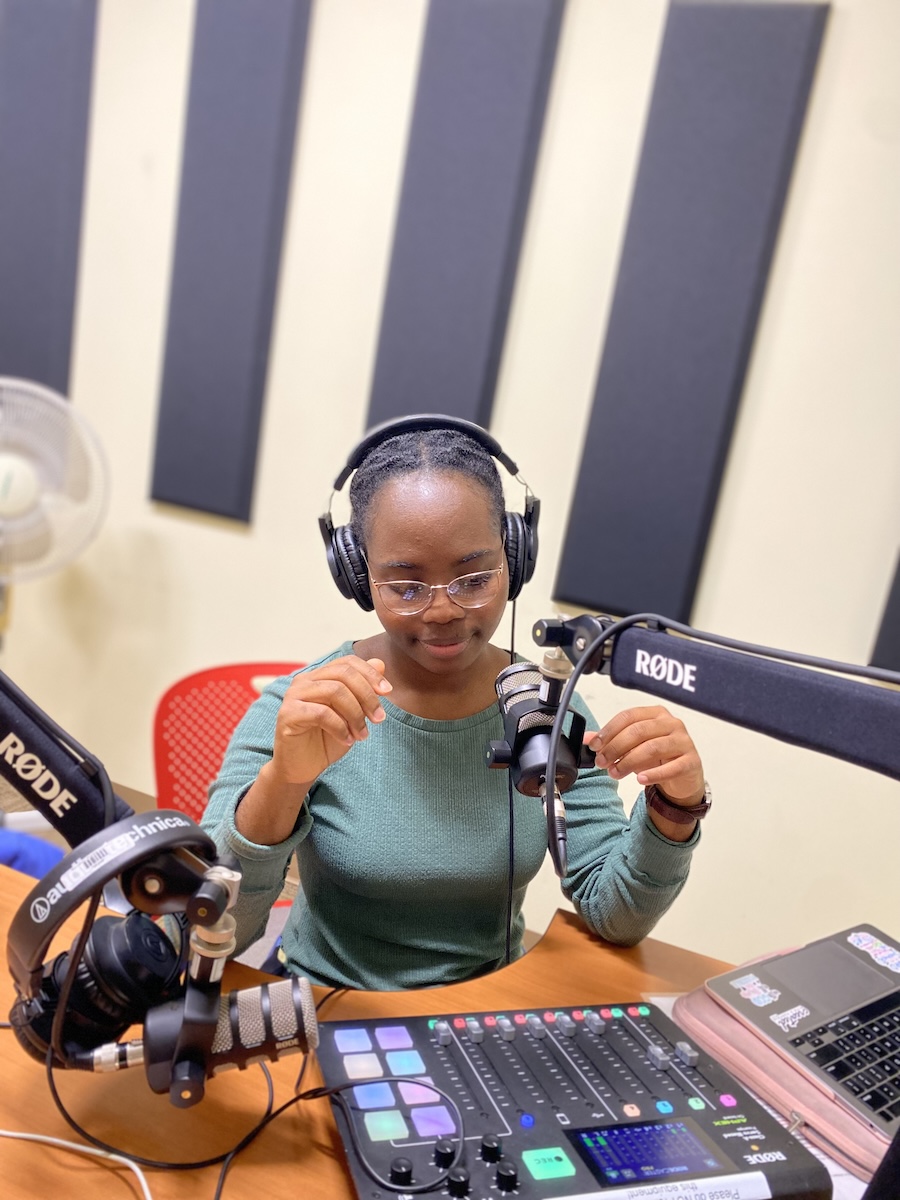Walking with Eyes Closed on the Quad
By Rebecca Goldfine



The students and staff walked haltingly around the Quad. It was hard to guess their destination. Some appeared to be making wide, sweeping circles; others walked hesitantly forward. All of them had their eyes shut.
These eyes-closed walkers were participating in a recent campus workshop led by artist and disability activist Carmen Papalia. This is the second time Papalia has visited Bowdoin this year in conjunction with the Bowdoin College Museum of Art show, Second Sight: The Paradox of Vision in Contemporary Art, in which he has an installation.
While the medical world might define Papalia as legally blind, he prefers to call himself a non-visual learner. “The word blind did not serve me,” he said. “Early on I wrote a poem about the synonym list of words for blind: ignorant, imperceptive, thoughtless. We often use the word to describe lack of understanding or preparedness, so I didn’t want to use that word to describe myself.”
Plus, Papalia suggested, non-visual learning is a concept that can create new discoveries. If people choose, for a few moments or even longer, to intentionally diminish the primacy of sight and instead rely on the senses of touch, smell, taste, and sound, they can experience their environment in new and enticing ways. “I think we can have more interesting experiences,” he said. “There is more to get curious about and explore when your landscape is not just a visual one.”
Papalia nodded. Non-visual learning “reframes the things that don’t hold much value when we primarily use vision,” he said. He described what happens when he leads non-visual tours in art museums—where vision is, of course, supreme. “You start to realize that a gallery is full of people talking,” he said. “It’s a social space. We don’t always think about that.” He added that he loves to visit museums and galleries with friends, to hear their personal descriptions of the art they’re looking at.
“Vision is at the top of the hierarchy of senses,” he said. “It is the quickest and thought to be the most accurate, but it is still subjective. I sometimes like to think, what if museums developed out of intentional non-visual experiences,…where you can touch objects? That would change how artists make work, and change how we receive work.”
Papalia’s installation in Second Sight, called When We Make Things Openly Accessible We Create a Force Field, consists of takeaway posters, banners, and pillows surrounding a comfortable seating area. Second Sight curator Ellen Tani said that his contribution “radically destabilizes the space of the museum—where you aren’t supposed to touch and take things—a reorientation of our expectations that is very much aligned with the exhibition.”
“I found his embrace of his disability as a learning opportunity a profound and powerful model of how to position the self in resistance to disabling social and cultural forces,” Tani continued. “He is deeply invested in the social model of disability, which contends that disability is imposed by one’s sociocultural context, rather than the medical model of disability, which locates disability in the body of an individual.”
One of the participants in Papalia’s closed-eye walk on the Quad remarked that she found it strange that the Bowdoin Museum of Art has a bust of the blind poet Homer perched atop a door within its front loggia, from where he gazes out over the College. “Perhaps,” Papalia said, pondering this seeming paradox, “with the lack of sight, you gain foresight, you gain insight.”



